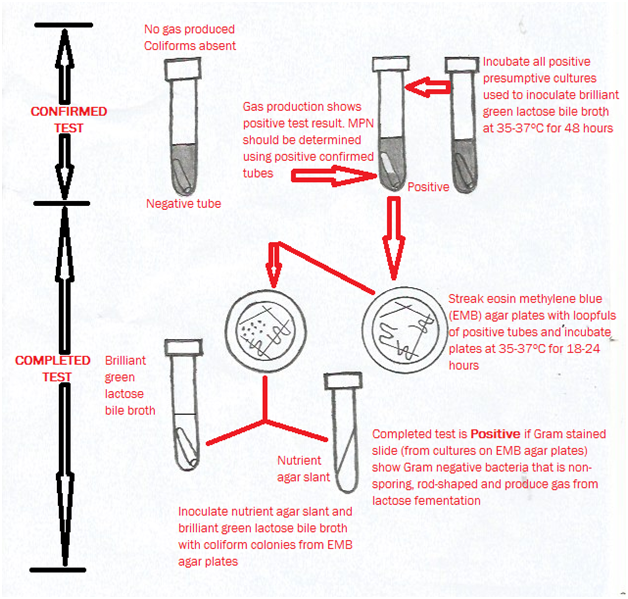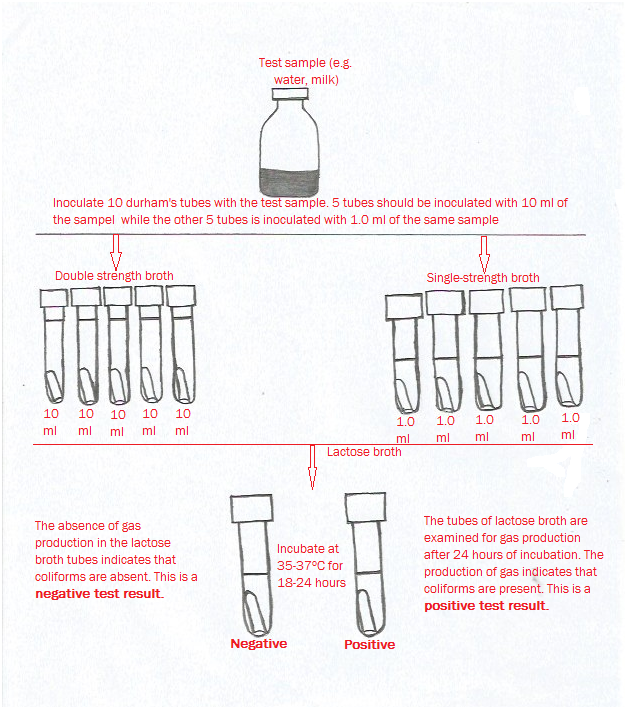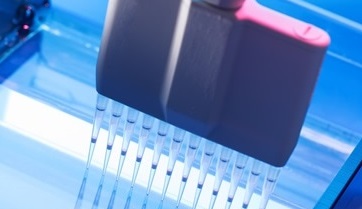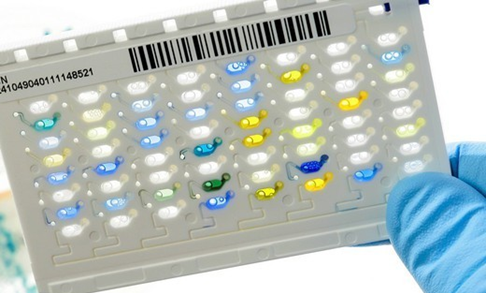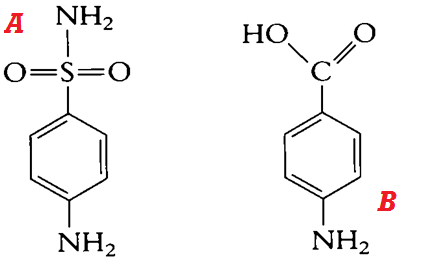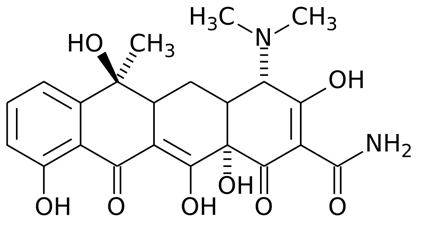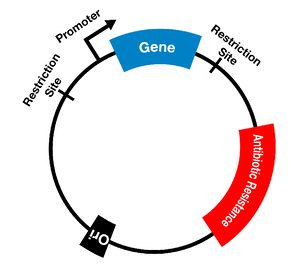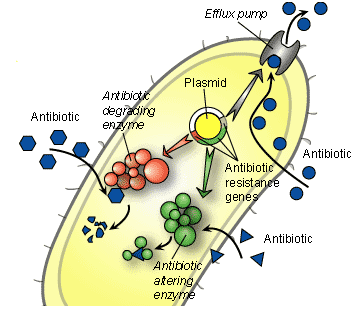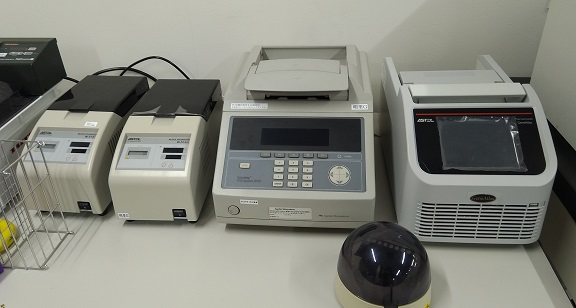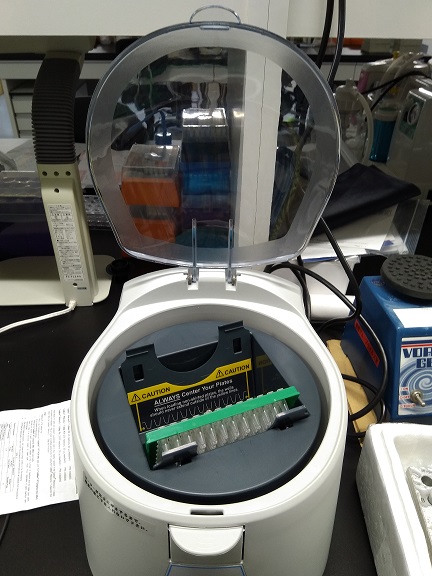TEST STAGES OF MPN METHOD
PRESUMPTIVE TEST The presumptive test provides a preliminary estimate of bacterial density present in a test sample based on enrichment in minimally restrictive tube (broth) culture media. It is the first step of the MPN procedure for feacal coliform testing carried out on public health samples including water, milk and food. The original test sample […]
TEST STAGES OF MPN METHOD Read More »
Environmental & Soil Microbiology
